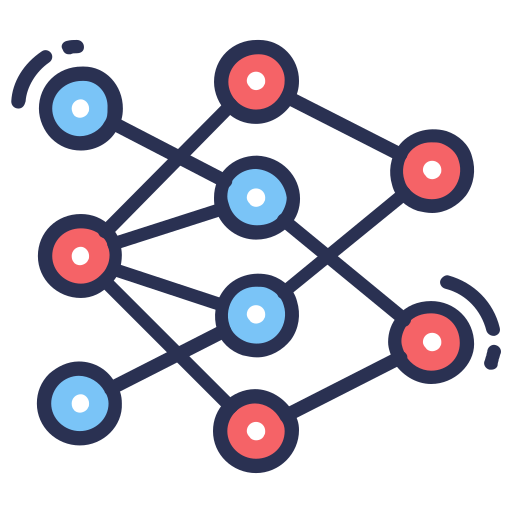This text discusses how to improve the learning and training process of neural networks by tuning hyperparameters. It covers computational improvements, such as parallel processing, and examines hyperparameters like the number of hidden layers, number of neurons, learning rate, batch size, and activation functions. The text also provides a Python example using PyTorch and references for further reading.

How to Improve Neural Network Learning and Training through Hyperparameter Tuning
In this article, we will discuss practical solutions to improve the learning and training process of neural networks through hyperparameter tuning. By optimizing these processes, we can increase the performance of our models. We will cover computational improvements and hyperparameter tuning using PyTorch.
Quick Recap: What are Neural Networks?
Neural networks are mathematical expressions that try to find the “right” function to map inputs to outputs. They consist of hidden layers that learn patterns in the dataset. Each layer performs computations using inputs, weights, biases, and activation functions.
Computational Improvements
Parallel processing has made neural networks more accessible and effective. Deep learning frameworks like PyTorch and TensorFlow handle parallel processing automatically, improving runtime.
Hyperparameters
Hyperparameters are parameters that define the neural network’s architecture and affect its performance. Tuning hyperparameters is crucial for optimizing neural networks. Some important hyperparameters to consider are:
- Number of Hidden Layers: Having multiple hidden layers with fewer neurons is often better than a single layer with many neurons.
- Number of Neurons in Layers: The input and output layers have predefined neuron numbers. The number of neurons in hidden layers can be tuned, ensuring enough representational power.
- Learning Rate: Determines how quickly the algorithm converges to the optimal solution. It’s important to find the right learning rate through hyperparameter tuning.
- Batch Size: Determines the number of training examples used in each iteration. Mini-batch gradient descent is commonly used for efficient training.
- Number of Iterations: The total number of forward and backward passes during training. Early stopping can be used to prevent terminating learning too early.
- Activation Functions: ReLU is a popular activation function, but others can be used depending on the problem.
Python Example
Here is an example of hyperparameter tuning for a neural network in PyTorch using the hyperopt library:
“`python
# Code example
“`
Summary
Hyperparameter tuning is essential for optimizing neural networks. By tuning parameters like the number of hidden layers, number of neurons, and learning rate, we can improve the performance of our models. It’s important to consider the problem we are trying to solve and choose appropriate hyperparameters accordingly.
For more information on AI solutions and how they can benefit your company, contact us at hello@itinai.com. Visit our website itinai.com for practical AI solutions and automation opportunities.
List of Useful Links:
- AI Lab in Telegram @aiscrumbot – free consultation
- Hyperparameter Tuning: Neural Networks 101
- Towards Data Science – Medium
- Twitter – @itinaicom



























